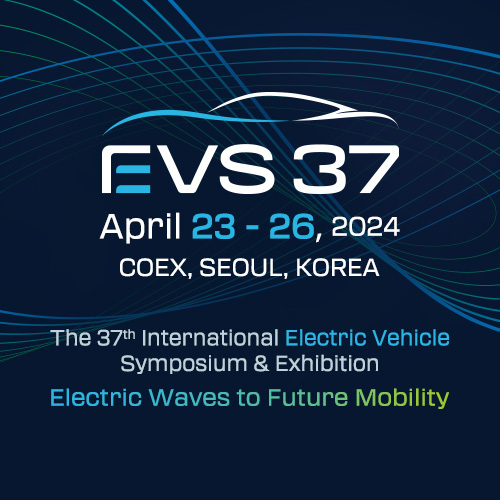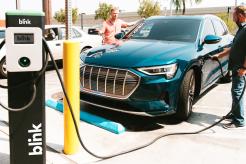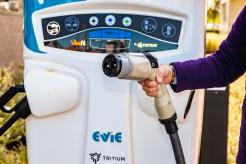Governments and consumers are pushing for a cleaner, more eco-friendly future, making it essential for businesses to scale their EV charging offerings to meet the burgeoning demand.
Scaling your EV charging offerings benefits the environment and presents a lucrative business opportunity. With the right approach, you can increase your market share, generate more revenue, and positively impact the world. Here are ten quick tips to help you scale your EV charging offerings effectively and efficiently!
1. Assess your current infrastructure
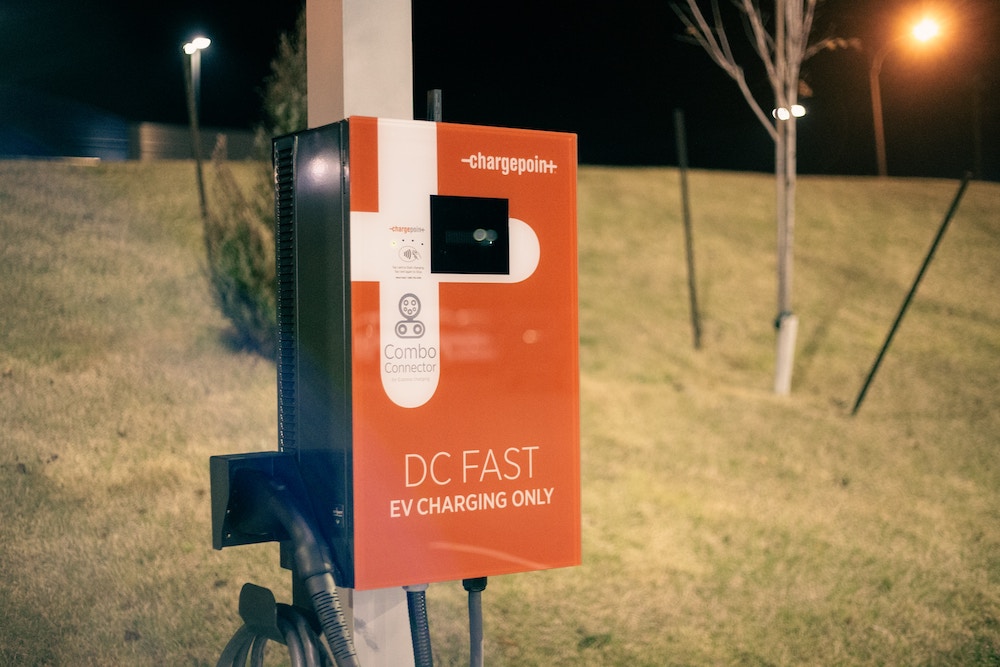
Photo by Erik Mclean on Unsplash
Before expanding, take the time to evaluate your existing charging network. Analyze your current infrastructure, assess the utilization rates of your charging stations, and identify any gaps or bottlenecks in your service. This evaluation will serve as a foundation for your scaling strategy.
Next, identify areas that need improvement. Consider charging speed, reliability, user experience, and overall service quality. Prioritize these areas for enhancement to ensure that your scaled network meets the needs of your target market.
2. Develop a strategic expansion plan
Conduct thorough market research to understand the needs and preferences of your target audience. Evaluate the competition, analyze trends, and gather insights into the locations and types of high-demand charging stations. This information will help you tailor your offerings to meet the unique needs of your customers and stay ahead of the competition.
Set realistic and measurable expansion goals based on your market research and current infrastructure assessment. Outline a clear timeline, budget, and milestones to guide your scaling efforts. Having well-defined goals and metrics to track will help you stay focused and motivated throughout the expansion process.
3. Choose the right charging technology
Selecting the right charging technology is crucial for the success of your scaling efforts. Familiarize yourself with the different types of charging technologies available, such as Level 1 (slow charging), Level 2 (fast charging), and DC Fast Charging (ultra-fast charging). Each technology has its advantages and drawbacks, so choosing the one that best aligns with your target market’s needs and preferences is essential.
Consider factors such as charging speed, cost, and compatibility with various EV models when selecting the appropriate charging technology. For instance, if you target urban areas with limited parking space, installing DC Fast Charging stations may be more suitable due to their rapid charging capabilities. On the other hand, Level 2 chargers might be more appropriate for residential or workplace settings where drivers can charge their vehicles for extended periods.
4. Optimize charging station locations
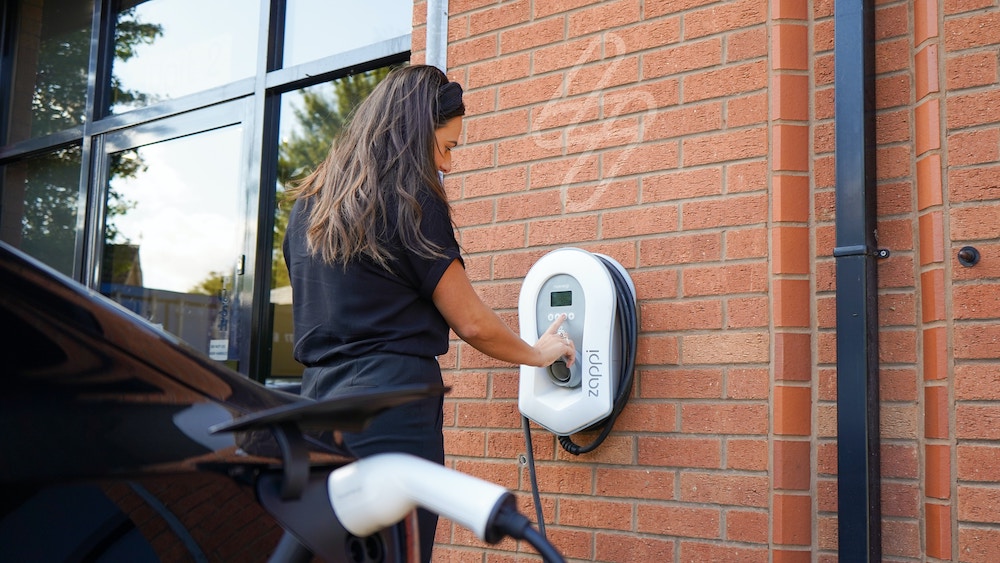
The location of your charging stations plays a critical role in their success. Ensure that your stations are easily accessible and conveniently located for your customers. Consider factors such as traffic patterns, proximity to highways, and the availability of parking spaces when selecting locations.
To enhance the user experience, choose locations near amenities such as shopping centers, restaurants, and entertainment facilities. Providing your customers with the opportunity to engage in activities while their vehicles charge will increase the appeal of your charging stations and encourage repeat visits.
5. Invest in a robust software management system
A centralized software management system is essential for efficiently managing and scaling your EV charging network. A robust system will allow you to monitor and control your charging stations remotely, collect valuable usage data, and optimize the performance of your network.
When selecting a management system, look for features such as real-time monitoring, remote diagnostics, customizable pricing, and seamless integration with your existing infrastructure. Additionally, ensure that the system offers a user-friendly interface for your customers, including features like mobile app integration, easy payment options, and real-time station availability.
6. Implement dynamic pricing
Dynamic pricing is an effective strategy for managing demand and promoting efficient usage of your charging stations. By offering lower prices during off-peak hours, you can encourage customers to charge their vehicles when demand is low, reducing strain on your network and maximizing station utilization.
Incorporate loyalty programs and special offers into your pricing strategy to reward your most frequent customers. Offering discounts, free charging hours, or other incentives can help you build a loyal customer base and foster long-term relationships with your users.
7. Offer multiple payment options

Photo by Jonas Leupe on Unsplash
Offering flexible payment options is essential for providing a seamless user experience and attracting a diverse customer base. Accepting various payment methods, such as credit cards, mobile wallets, and contactless payments, will make your charging stations more accessible and user-friendly.
Integrate your management system with popular payment platforms to streamline the payment process and ensure secure transactions. A hassle-free payment experience will encourage customers to choose your charging stations over the competition and ensure a better ROI.
8. Promote your charging network
Effectively market your charging network to attract customers and build brand awareness. Utilize various marketing channels, such as social media, online advertising, and local events, to promote your charging stations and highlight their unique features and benefits.
Form strategic partnerships with local businesses, municipalities, and other organizations to increase the visibility of your charging stations and expand your reach and better monetize your chargers. Collaborating with complementary businesses, such as hotels, retail stores, and restaurants, can create mutually beneficial opportunities and drive more traffic to your charging stations.
9. Provide exceptional customer service

Photo by Berkeley Communications on Unsplash
Exceptional customer service is key to retaining customers and fostering positive word-of-mouth. Ensure your customers can access prompt and knowledgeable support when they encounter issues or have questions about your charging stations.
Invest in training your customer service team to equip them with the necessary knowledge and skills to handle various customer inquiries and issues. Regularly update their training to inform them of new technologies, industry trends, and best practices in customer service.
10. Continuously monitor and improve your offerings
Collect and analyze data from your charging stations to gain insights into usage patterns, customer preferences, and potential areas for improvement. Solicit user feedback through surveys, reviews, and social media to identify areas where your offerings could be enhanced or expanded.
Use data analysis and user feedback insights to refine and improve your EV charging offerings continuously. Implement improvements promptly to ensure that your charging network remains competitive and meets the evolving needs of your customers.
A successful expansion of your EV charging offerings will benefit your business and contribute to the broader adoption of electric vehicles and the transition to a more sustainable transportation future. By providing accessible, convenient, and reliable charging solutions, you can play an integral role in shaping the future of transportation and promoting a cleaner, greener world.

